Type of resources
Available actions
Topics
Keywords
Contact for the resource
Provided by
Years
Formats
Representation types
Update frequencies
Service types
Scale
Resolution
-
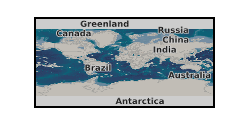
This poster on the UKCCSRC Call 2 project, Novel reductive rejuvenation approaches for degraded amine solutions from PCC in power plants, was presented at the Cardiff Biannual, 10.09.14. Grant number: UKCCSRC-C2-189.
-
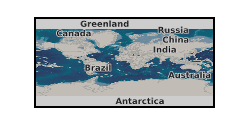
This study was carried out jointly by the University of Birmingham and the British Geological Survey. The report addresses the feasibility of using novel quantum-technology-based gravity sensors to monitor underground CO2 storage. Of particular interest is the applicability to upcoming near-surface leak monitoring trials that the British Geological Survey will be conducting at its test site. UKCCSRC Flexible Funding 2021: Feasibility study into Quantum Technology based Gravity Sensing for CCS
-
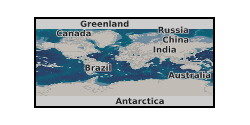
This poster on the UKCCSRC Call 2 project, UK demonstration of Enhanced Calcium looping, and first Global Demonstration of Advanced Doping Techniques, was presented at the Cardiff Biannual, 10.09.14. Grant number: UKCCSRC-C2-209.
-
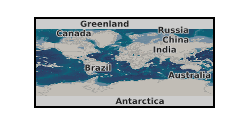
This poster on the UKCCSRC Call 2 project Shelter and Escape in the Event of a Release of CO2 from CCS Infrastructure (S-CAPE) was presented at the UKCCSRC Manchester Biannual Meeting, 13.04.2016. Grant number: UKCCSRC-C2-179.
-
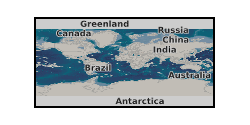
This poster on the UKCCSRC Call 1 project, Oxyfuel and EGR Processes in GT Combustion, was presented at the Sheffield Biannual, 08.04.13. Grant number: UKCCSRC-C1-26.
-
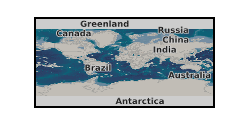
This poster on the UKCCSRC Call 1 project Oxyfuel and exhaust gas recirculation processes in gas turbine combustion for improved carbon capture performance was presented at the CSLF Call project poster reception, London, 27.06.16. Grant number: UKCCSRC-C1-26. This research is concerned with oxyfuel combustion in gas turbine applications, in particular concentrating on the use of modern swirl-stabilised burners. Oxyfuel is considered a particularly challenging idea, since the resultant burning velocity and flame temperatures will be significantly higher than what might be deemed as a practical or workable technology. For this reason it is widely accepted that EGR-derived CO2 will be used as a diluent and moderator for the reaction (in essence replacing the role of atmospheric nitrogen). The key challenges in developing oxyfuel gas turbine technology are therefore: • Flame stability at high temperatures and burning rates. • The use of CO2 as a combustion diluent. • Potential for CO emission into the capture plant. • Wide or variable operating envelopes across diluent concentrations. • Differences in the properties of N2 and CO2 giving rise to previously unmeasured flame heat release locations.
-
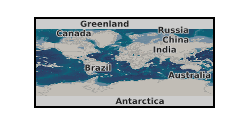
Final report for UKCCSRC Call 2 project, UK demonstration of Enhanced Calcium looping, and first Global Demonstration of Advanced Doping Techniques. Grant number: UKCCSRC-C2-209.
-
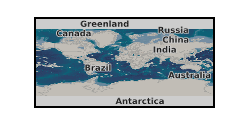
This poster on the UKCCSRC Call 2 project Investigating the radiative heat flux in small and large scale oxy-coal furnaces for CFD model development and system scale up was presented at the CSLF Call project poster reception, London, 27.06.16. Grant number: UKCCSRC-C2-193. Oxy-fuel (coal or biomass) combustion significantly changes the heat transfer properties of power plant furnaces. Thus future power plants using oxy-fuel technology will rely greatly on computational modelling. This project aims to collect combustion and heat transfer data from both small and large scale furnaces and to validate the computational model in order to make it ready for future technology scale up. Specific objectives are: • Take measurements at the 250 kW oxy-coal furnace at PACT national facilities in Sheffield, including combustion and heat transfer data. • Take measurements at a 35 MW oxy-coal furnace in China. • Validate CFD models developed and investigate the combustion and heat transfer properties in both large and small furnaces.
-
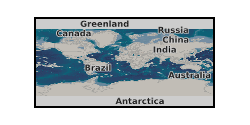
Contains 6 SCCS technical briefings, technical letters and technical journal responses - Working Paper 2010-04: Popular response to Economides, CO2 storage is feasible; Working Paper 2010-05: Formal response to Economides, CO2 storage is feasible; Working Paper 2010-07: Comment on Little and Jackson: Potential Impacts of Leakage from Deep CO2 Geosequestration on Overlying Freshwater Aquifers; Working Paper 2012-01: Comment by Stuart Haszeldine on Zoback and Gorelick; Working Paper 2014-01: Sleipner CO2 securely stored deep beneath seabed, in spite of unexpected Hugin fracture discovery; Working Paper 2015-02: Carbon Dioxide Transport Plans for Carbon Capture and Storage in the North Sea Region - A summary of existing studies and proposals applicable to the development of Projects of Common Interest.
-
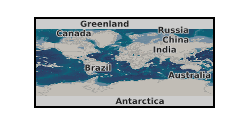
This poster on the UKCCSRC Call 1 project Oxyfuel and exhaust gas recirculation processes in gas turbine combustion for improved carbon capture performance was presented at the CSLF Call project poster reception, London, 27.06.16. Grant number: UKCCSRC-C1-26. This research is concerned with oxyfuel combustion in gas turbine applications, in particular concentrating on the use of modern swirl-stabilised burners. Oxyfuel is considered a particularly challenging idea, since the resultant burning velocity and flame temperatures will be significantly higher than what might be deemed as a practical or workable technology. For this reason it is widely accepted that EGR-derived CO2 will be used as a diluent and moderator for the reaction (in essence replacing the role of atmospheric nitrogen). The key challenges in developing oxyfuel gas turbine technology are therefore: • Flame stability at high temperatures and burning rates. • The use of CO2 as a combustion diluent. • Potential for CO emission into the capture plant. • Wide or variable operating envelopes across diluent concentrations. • Differences in the properties of N2 and CO2 giving rise to previously unmeasured flame heat release locations.
 NERC Data Catalogue Service
NERC Data Catalogue Service